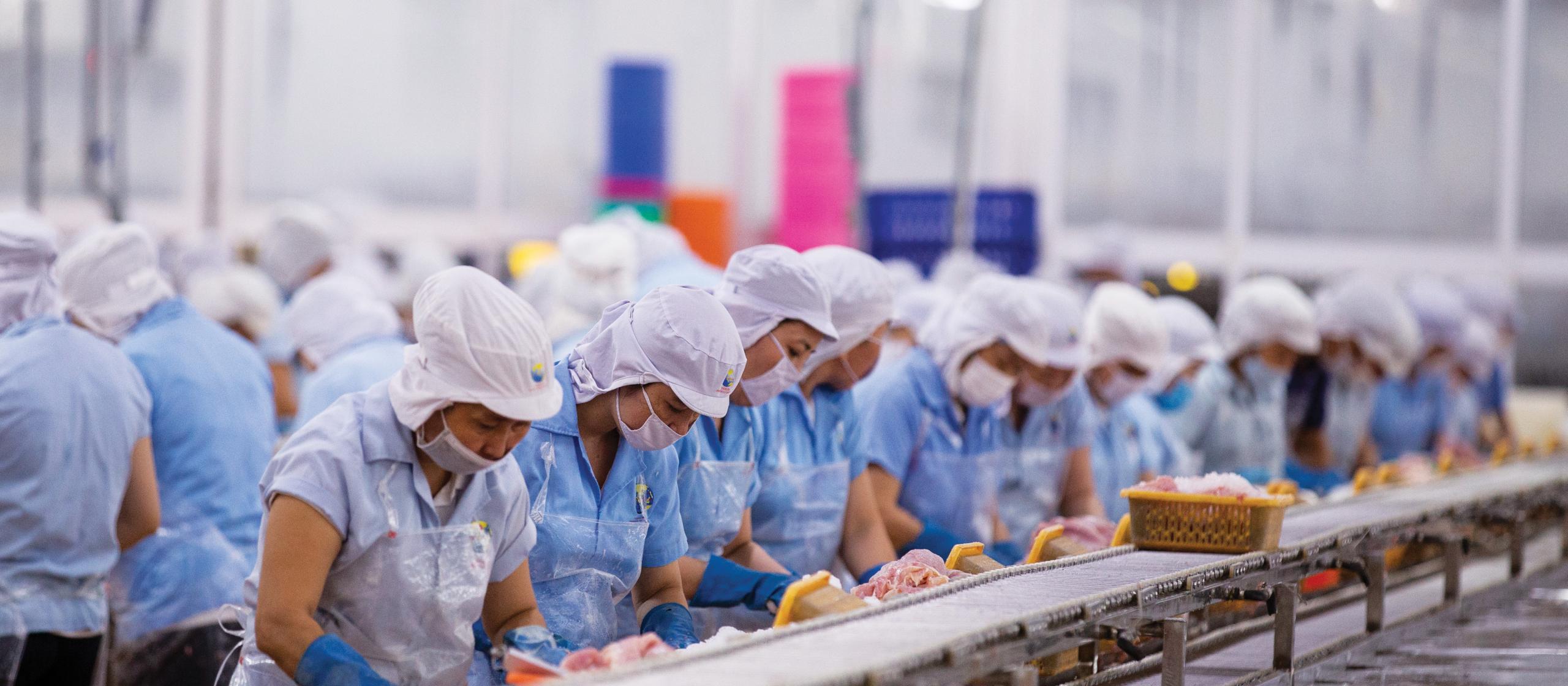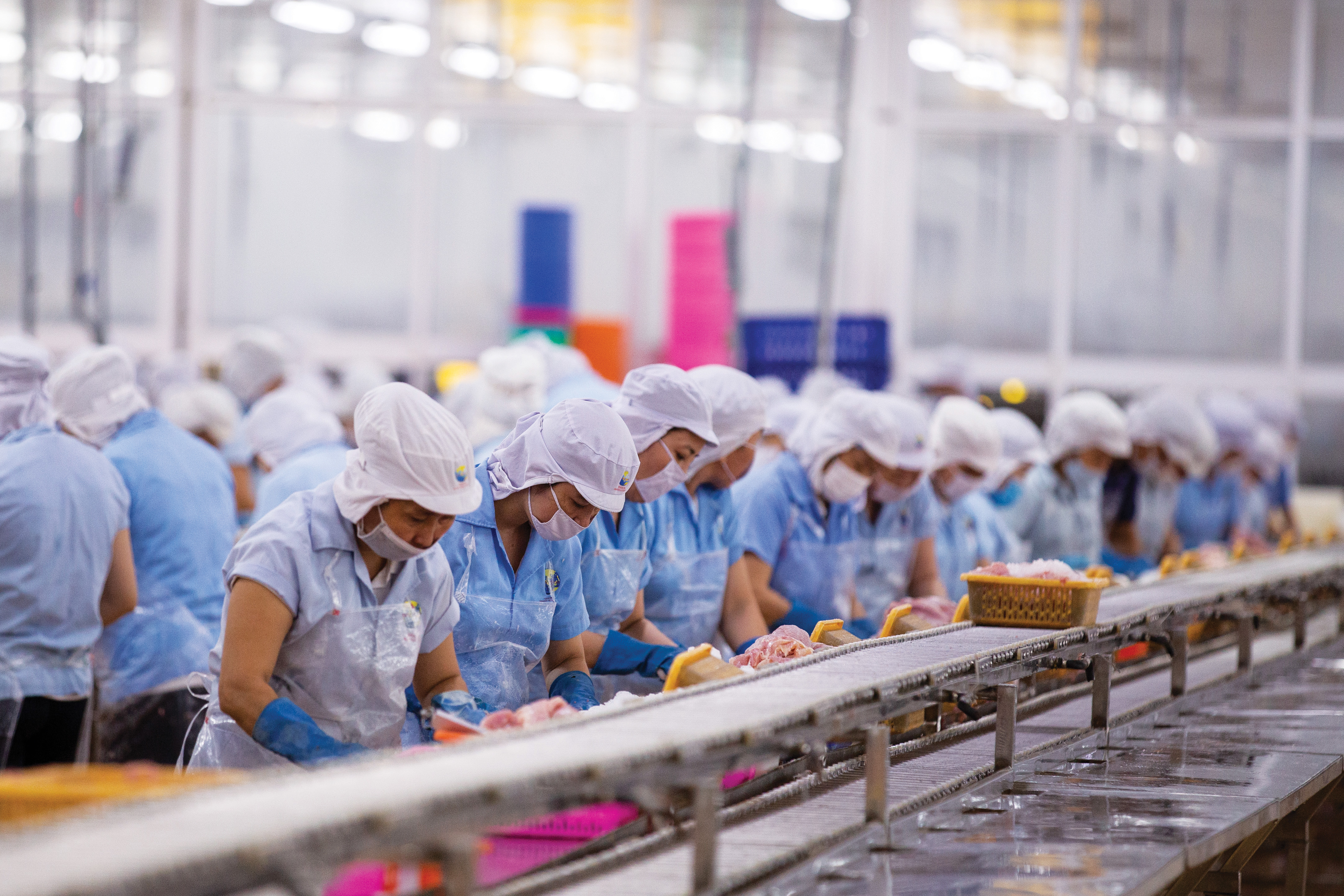Project co-leader in Cambodia, Dr Kimchhin Sok from the Royal University of Agriculture, said this project is a unique opportunity to gain better holistic data on the Pangasius value chain, as well as qualitative data from stakeholders, to better inform government on investment and policy decisions.
‘This is an exciting project because the Cambodian Government is currently implementing a lot of support for Pangasius catfish production for domestic consumption and export, and this research can produce significant evidence for government decisions,’ said Dr Sok.
‘Catfish is really valuable for Cambodia, we consider it one of our traditional fish species.
‘It also has a lot of economic value in Cambodia, particularly in aquaculture as it is a relatively easy fish to raise compared to other fish.’
While the project is in its early stages, 3 areas have been highlighted for improvement: aquaculture water quality, transportation and fingerling quality.
Cambodia and Laos import many of their catfish fingerlings from neighbouring countries, but significant numbers die during transportation.
Dr Sok said improving local production practices among smallholders, as well as larger commercial farmers, could reduce the need to import fingerlings, which in turn would reduce the waste that occurs in transportation.
ACIAR Research Program Manager, Agribusiness, Mr David Shearer said fingerlings represent a large input cost for producers, but current production processes were inefficient; with 30 to 60% of fingerlings dying in the production process.
‘Resources are being wasted, with such a large percentage of fingerling loss,’ said Mr Shearer.
Mr Shearer sees reducing fingerling loss and increasing resource efficiency as the main aspects of the project that will contribute to broader circular economy objectives.
‘Commercial catfish processing factories in Vietnam are very much part of the circular economy, they use every part of the fish,’ said Mr Shearer. ‘But I see the circular economy not just as re-use, but also resource efficiency. And that’s where this research can contribute to a more sustainable system.’
ACIAR Project: ‘Food loss in the Pangasius catfish value chain of the Mekong River Basin’ (CS/2020/209)




